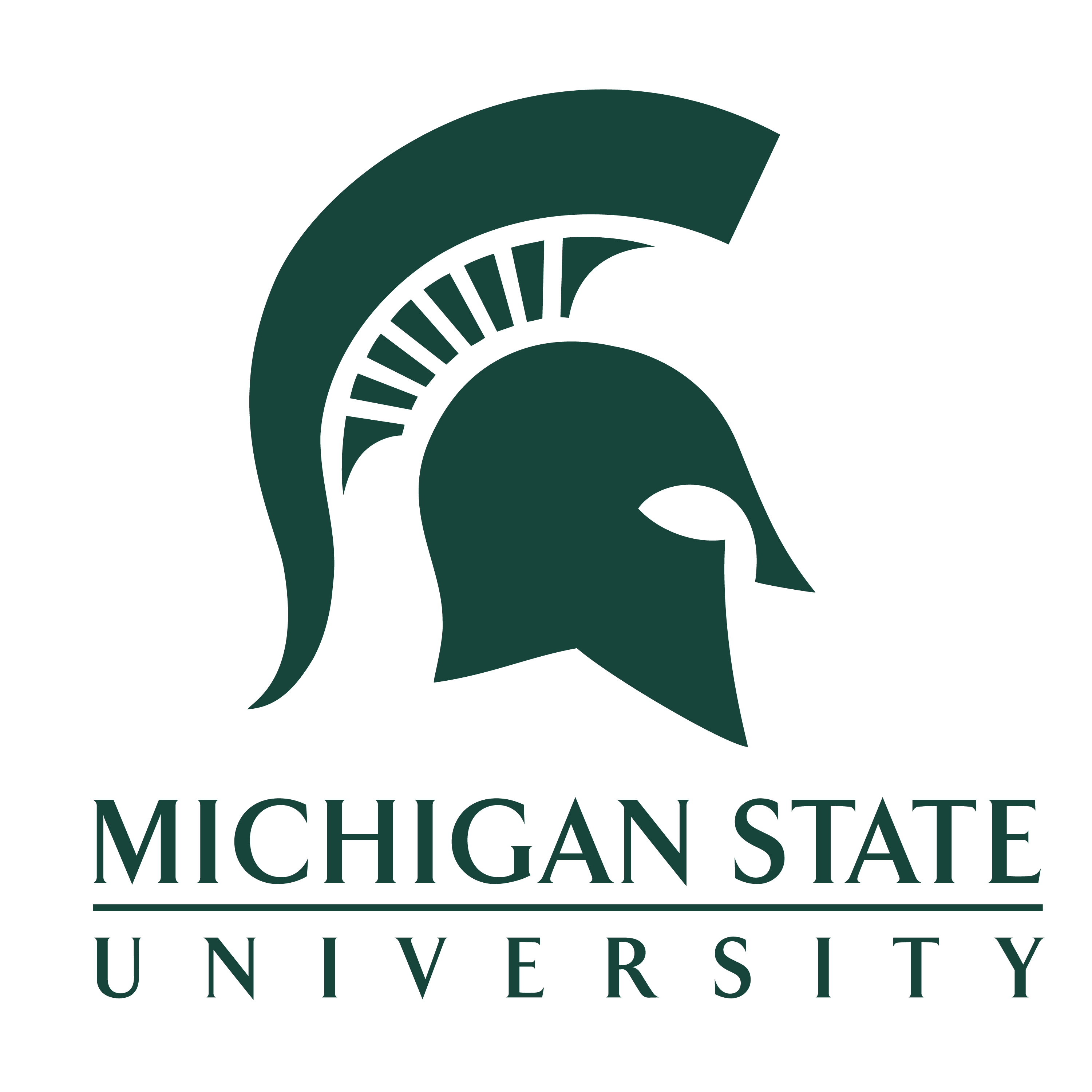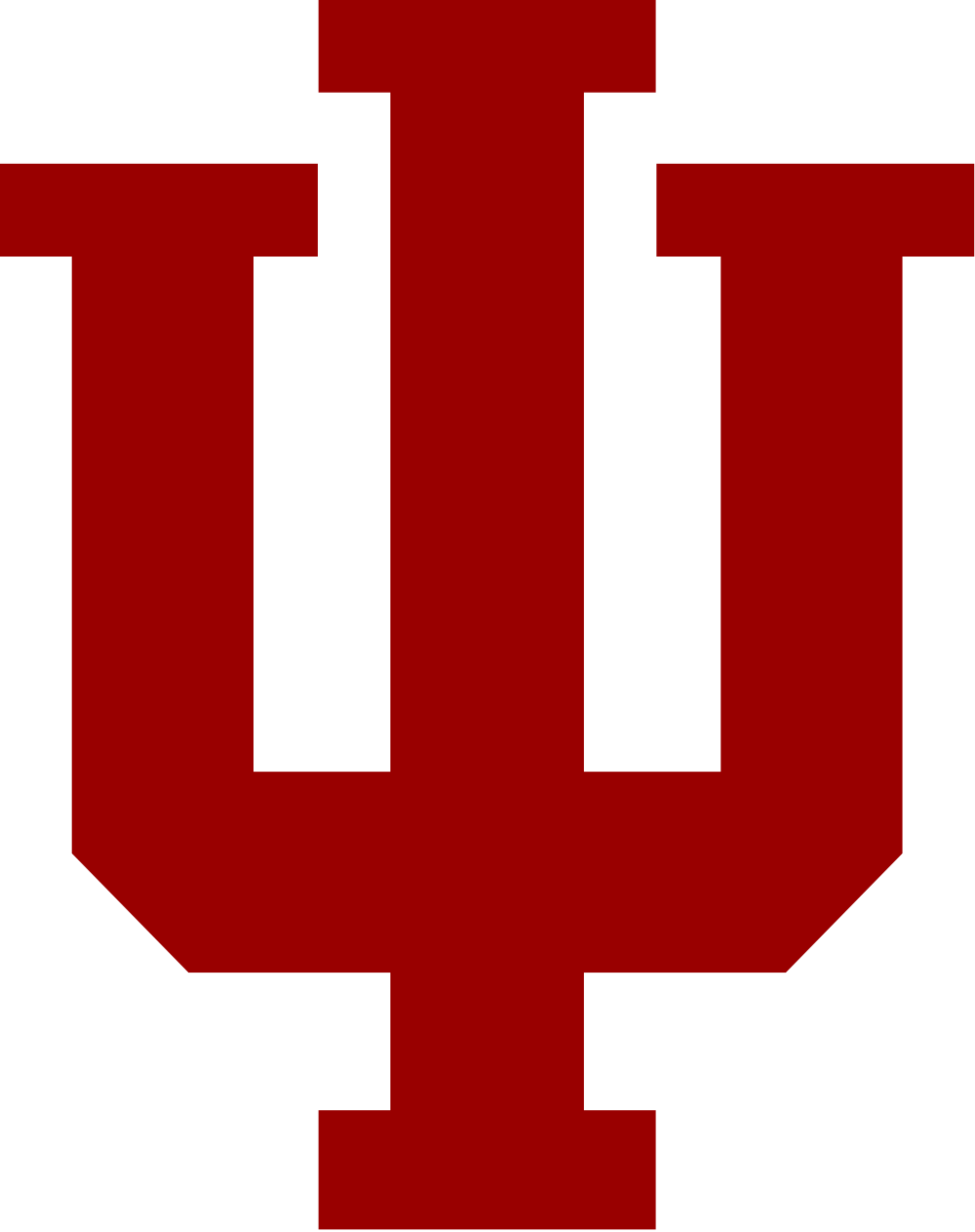




Science Domains

Two groups at Oakland University in Rochester, Michigan are leveraging OSiRIS storage for their research. The Battistuzzi research lab focuses on long-term evolutionary patterns of microbial life, and the OU Genomics group aims to use and promote next-generation sequencing and bioinformatics technologies for research and education at the OU Biological Sciences Department. More Information

Brainlife.io: An online platform to accelerate scientific discovery by automated data management, large-scale analyses, and visualization. Brainlife plans to switch over to OSiRIS as their primary archival storage system before the end of this year. No single computing resources has enough storage capacity to store all of their datasets, nor is reliable enough so that users can access the data when they need them. Brainlife will rely on OSiRIS to store archived datasets and transfer data between computing resources. More Information

Building on existing collaboration between MSU and the Grand Rapids based Van Andel Institute, OSiRIS has installed NVMe-based Ceph OSD nodes and an NFS gateway at the institute to enable direct access to bioinformatics research data. OSIRIS at VAI will enable VAI bioinformaticians to work with MSU researchers to better understand Parkinson's disease and cance. OSiRIS facilitates data access for VAI researchers to leverage the computational resources at MSU Institute for Cyber Enabled Research. More Information

U.S. Naval Research Lab is collaborating with researchers at U-M to share their high-resolution ocean models with a global community. This unclassified data was stored on US Navy computers that were not easily accessible to many researchers. OSiRIS enables scientists worldwide to leverage these models. More Information

The ATLAS Event Service is designed to leverage object stores like OSiRIS for fine grained physics event data which can be retrieved and computed in small chunks and leverage transient compute resources. More Information

Homed at U-M Institute for Social Research, the NIH 5 year project ‘Effect of the Placental Epigenome on Stunting in a Longitudinal African Cohort’ uses OSiRIS to store and share data to a wider community. More Information

At WSU the Microscopy, Imaging & Cytometry Resources (MICR) core leverages OSiRIS to enable wider access to imaging data.

The JETSCAPE collaboration at WSU is an NSF funded multi-institutional effort to design event simulators for ultra-relativistic heavy-ion collisions. OSiRIS provides a universal storage platform for collaborative access.

Global Nightlights at U-M is the only complete archive of NOAA nighttime imagery from 2 different satellite programs: DMSP (1993-2016) and VIIRS (2012-ongoing). By keeping portions of this archive on OSiRIS we enable wider usage of the datasets by researchers outside the institution.